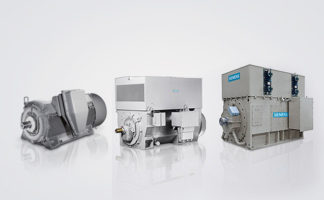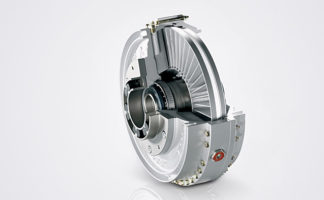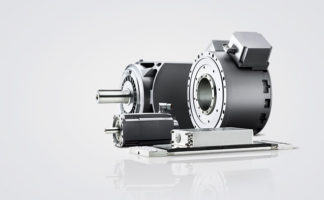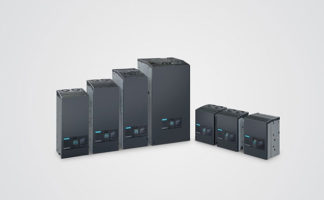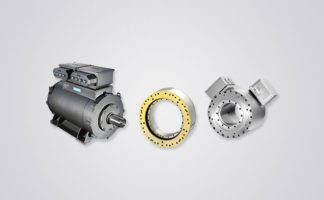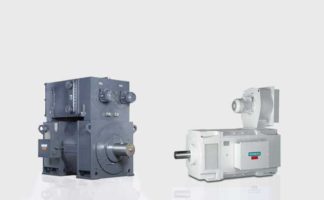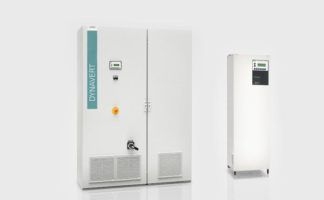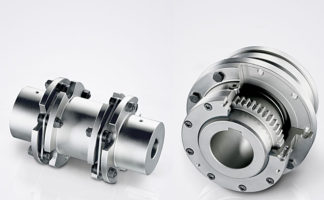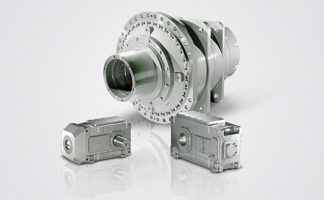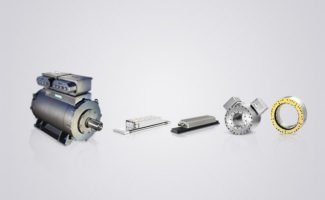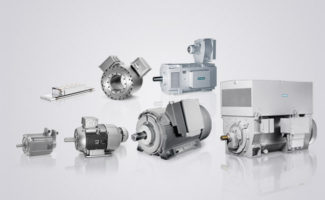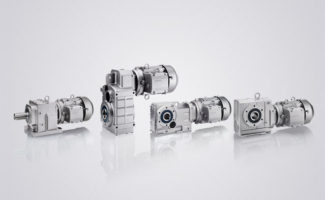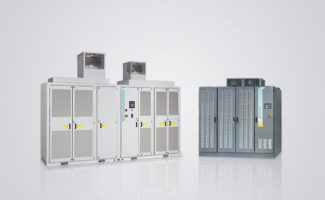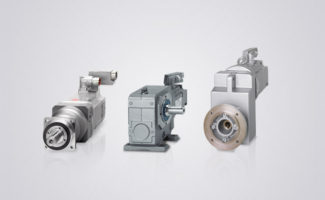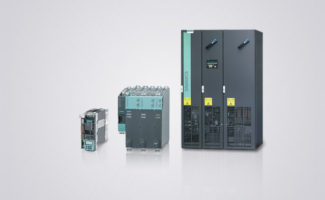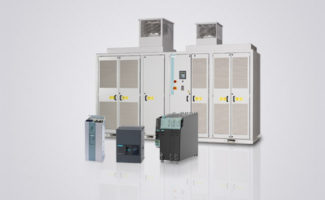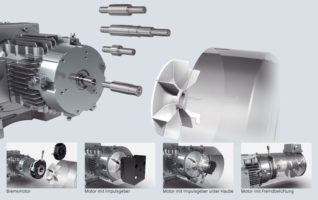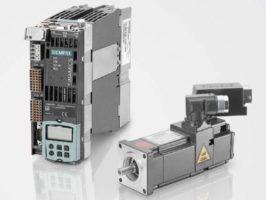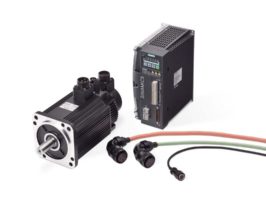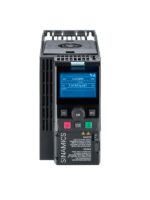
SINAMICS DCM
Accessories and supplementary components
SICROWBAR DC
4/27
Siemens D 23.1 · 2014
4
■
Application
SICROWBAR DC overvoltage protection 7VV3003-5...
SICROWBAR DC
protects windings and converters against
overvoltage when supplying large inductances, e.g. field wind-
ings of synchronous machines, DC machines or hoisting
solenoids.
Further, it is optionally possible to initiate fast de-excitation –
triggered by a higher-level signal – for units
7VV3003-5...
. An
appropriate de-excitation/discharge resistor must be provided.
■
Design
The most important components of the device are:
•
Two thyristors in an anti-parallel connection
•
A firing circuit, which, depending on the version, triggers a
晶闸管阻塞的方向定义voltage
•
A module to detect the voltage at the de-excitation/discharge
resistor, detect the current being conducted, identify when the
overvoltage protection device triggers and signal the status
using binary outputs (applies only to 7VV3003-5...).
•
The power connections C, D (copper bars)
•
Terminal XEW1 to connect the sensor cable from the de-
激发/放电电阻(仅适用于7VV3003-5 ...)。
•
An "Optional fast de-excitation" module (option G11).
The module allows the thyristors to be fired at any time by
controlling three fast relays that are independent of one
another (applies only to 7VV3003-5...).
■
Mode of operation
The two thyristors connected in an anti-parallel connection, lo-
cated between connections C and D, can briefly (approx. 5 s)
conduct the pulse current. The overvoltage triggers a break-over
diode (BOD) on the trigger circuit which in turn triggers the
blocking thyristor and conducts the firing current past the block-
ing thyristor through a diode connected in an anti-parallel con-
figuration to its gate/cathode. Independent of the polarity of the
overvoltage, the break-over diode is always operated in the
same direction using a bridge rectifier and the firing current is
limited using series resistors. The thyristor fires within just a few
microseconds and the voltage decreases quickly down to the
forward voltage (1 to 1.5 V). The load current increases the tem-
perature of the thyristor within just a few seconds and the thyris-
tor and the stack construction (in the case of units 7VV3003-5...)
absorb the thermal energy. As a consequence, the load cycle
can only be repeated after a cooling time has elapsed (see
Technical specifications).
The following also applies to units 7VV3003-5...:
The fast de-excitation option (G11) is connected to the firing
circuit in such a way that the thyristors can be triggered at any
time by controlling at least one of the three fast relays – that are
independent of one another. This assumes that there is sufficient
voltage. Generally, this is approximately 5 % of the trigger volt-
age. Each of the three relays can be controlled with 24 V DC,
110 V to 125 V DC or 220 V to 240 V DC.
The voltage detection for the de-excitation/discharge resistor is
connected to the external de-excitation/discharge resistor.
When the voltage detection responds, the supplying converter
must be blocked or the current controlled down to zero. The
voltage detection module requires an external 24 V DC power
supply with min. 100 mA.
The following generally applies:
The de-excitation/discharge resistor is an external device and
is not included in the scope of delivery of the SICROWBAR DC.
Its resistance must be so low that even at the highest load
current, the voltage is still under the destruction limit of the
supplying converter and/or the winding to be protected. The
最低的电阻由电源电压定义
the maximum load current of the converter (dimensioning the
fuses). The required de-excitation time must also be taken into
account when dimensioning the value of the resistance.
G_D023_EN_00074a
DC
converter
De-excitation/
discharge
resistor
Synchronous machine
DC
overvoltage protection
1)
Only available for 7VV3003-5...
XEW1
1)
D
C
© Siemens AG 2014




